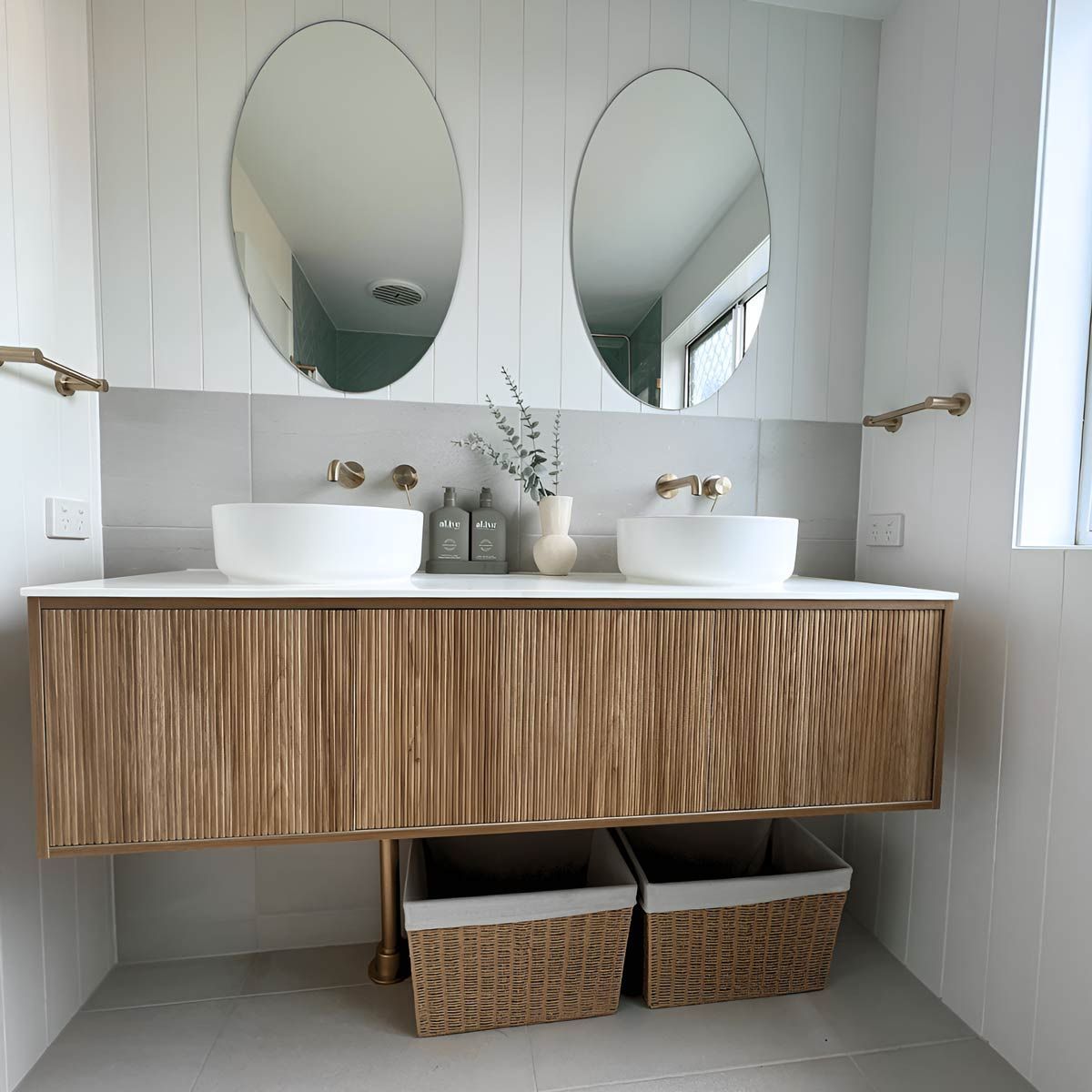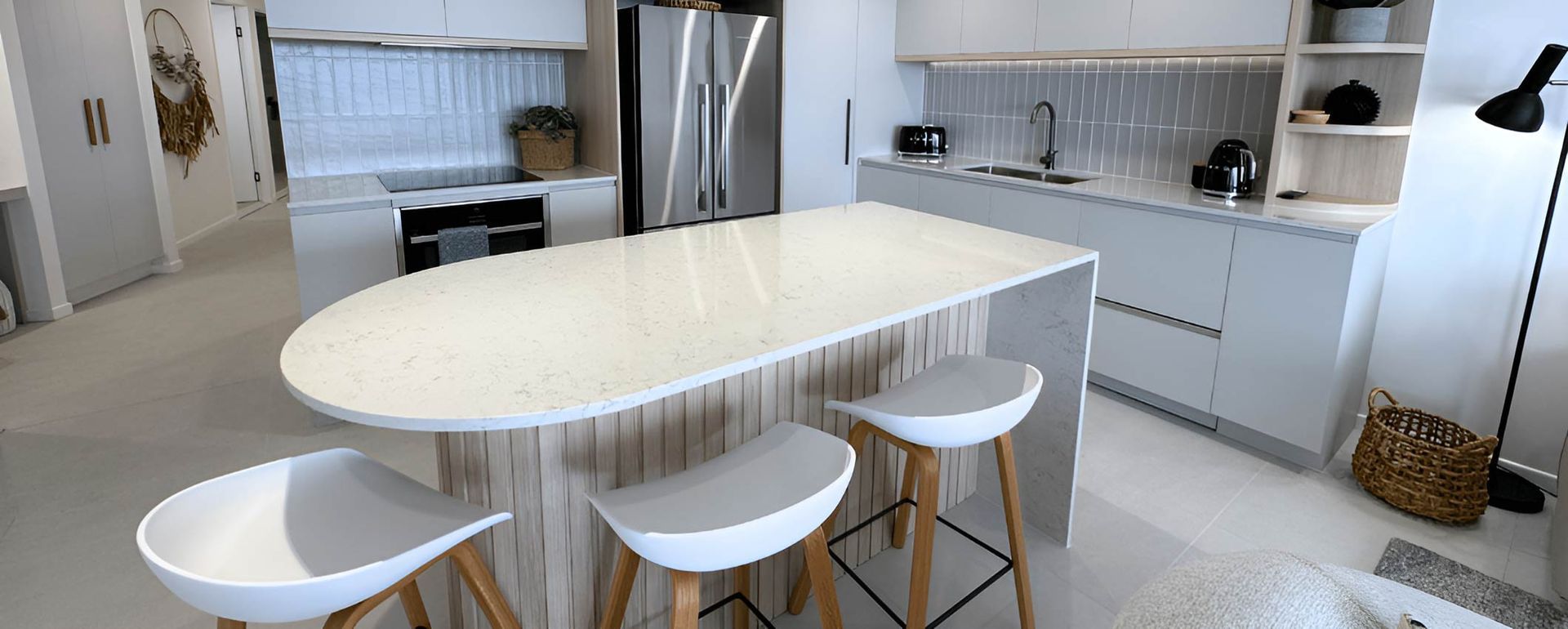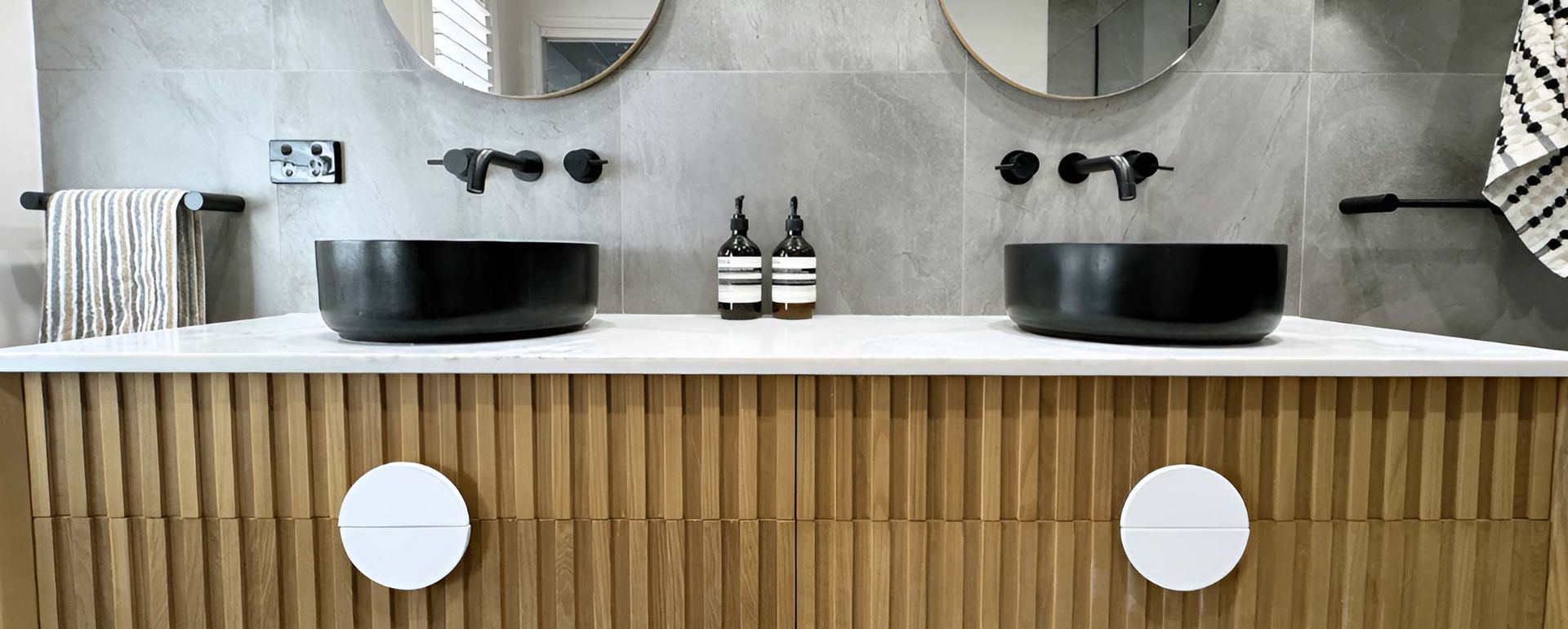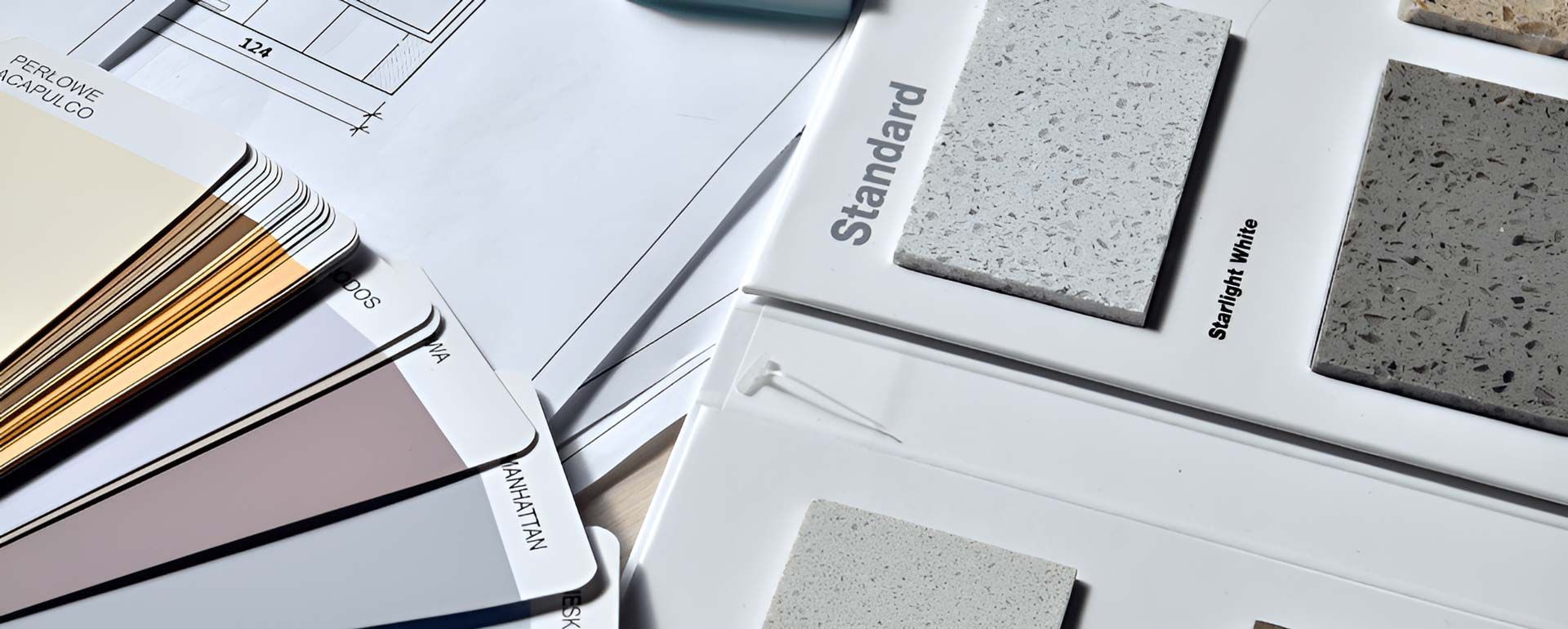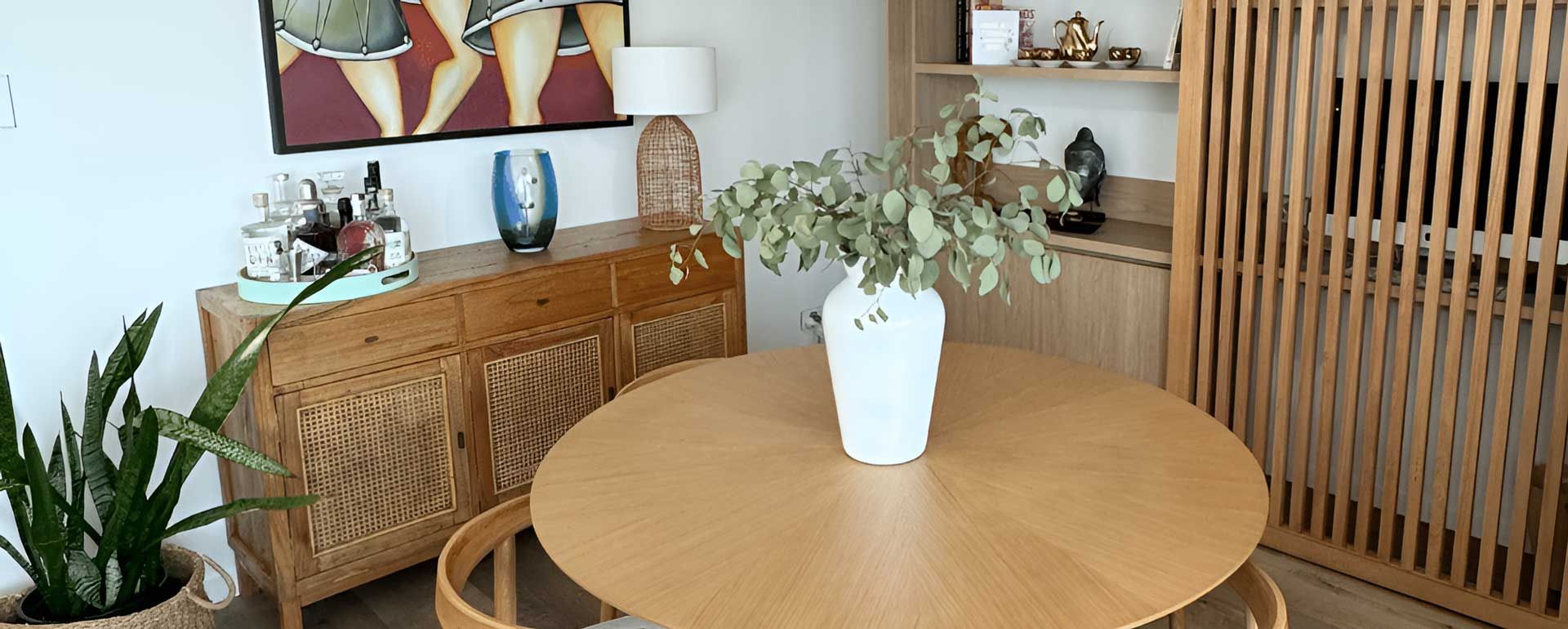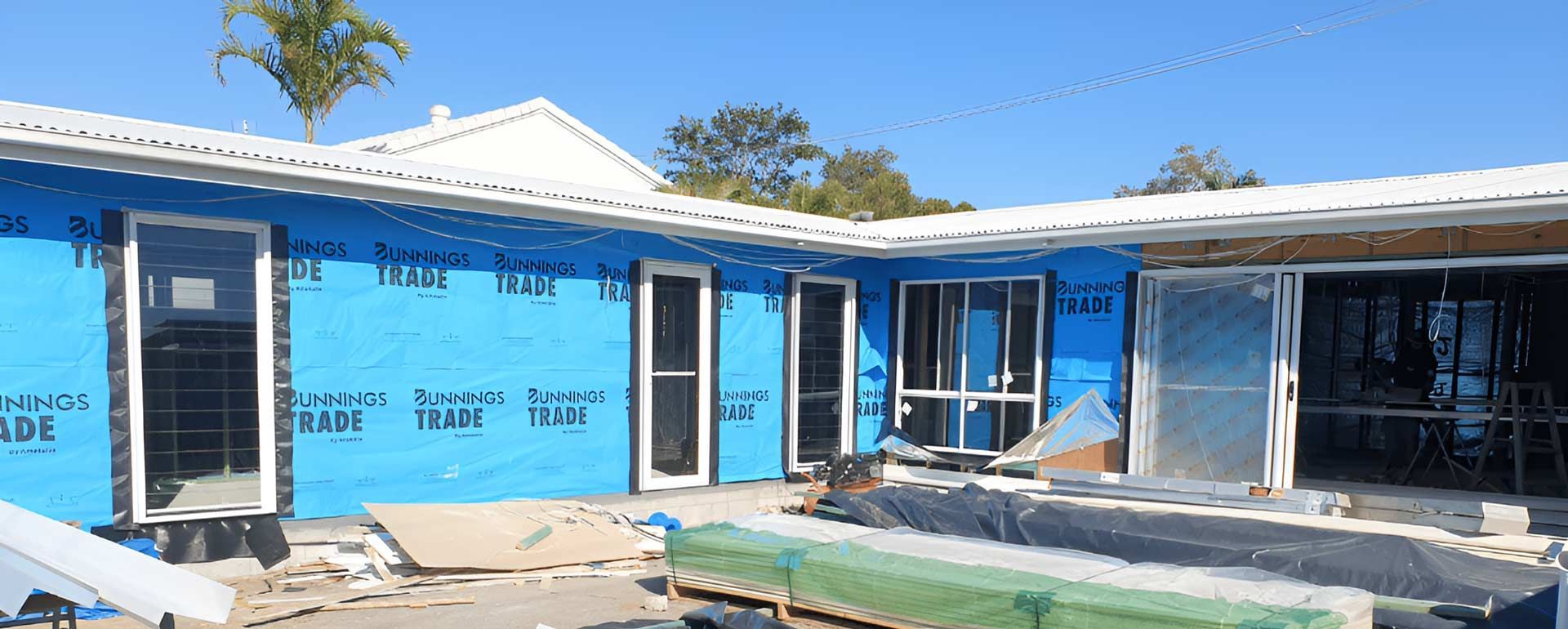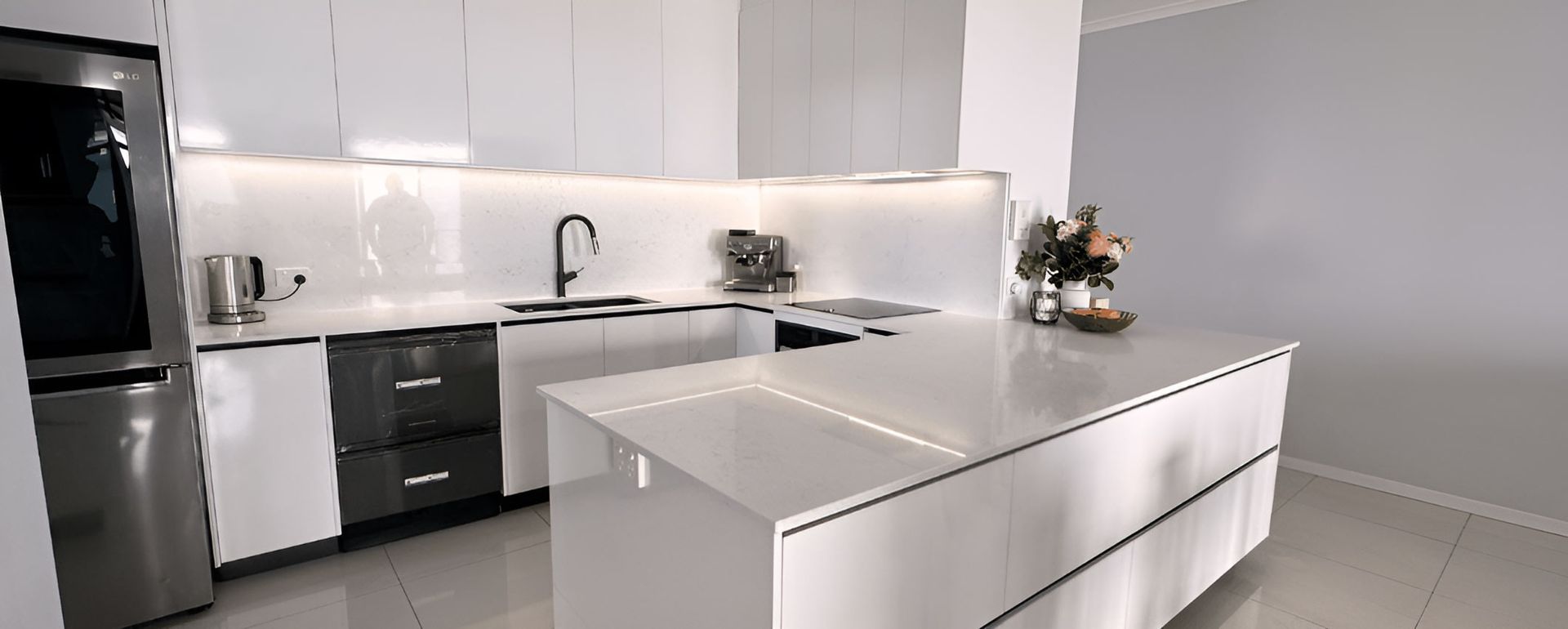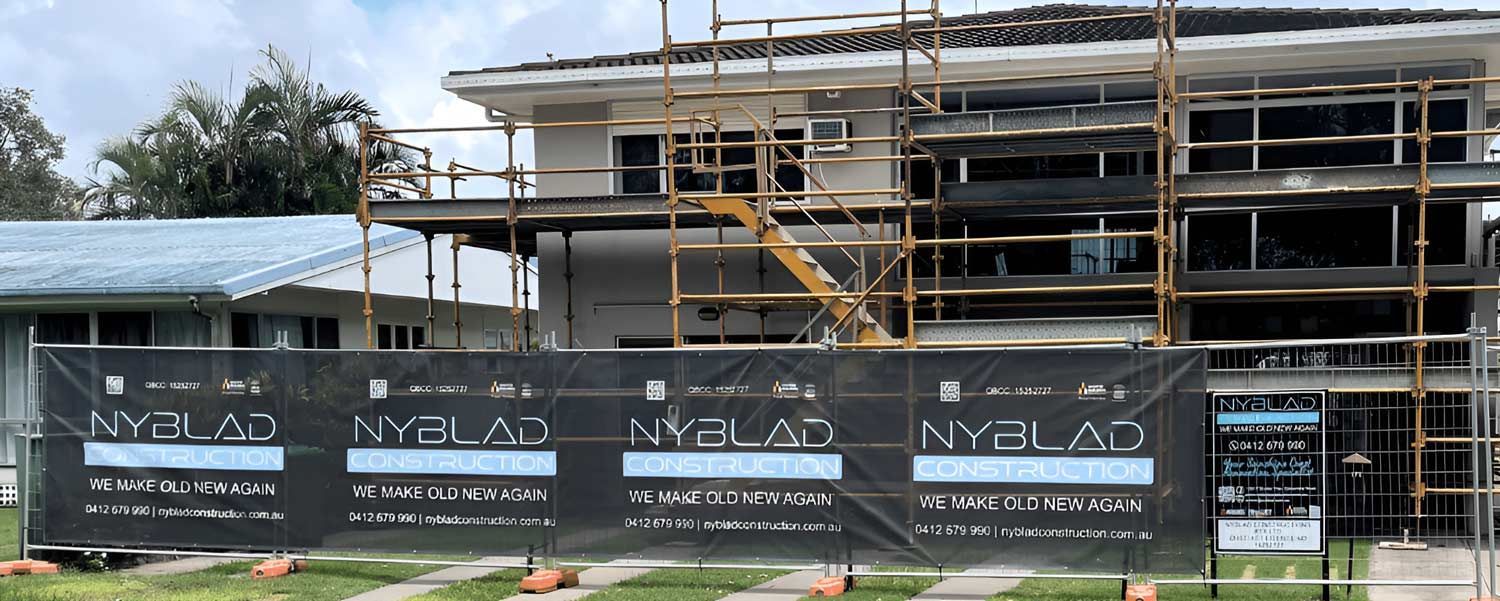The Cost of Renovating
Renovating your home can be an exciting venture, breathing new life into your living space and potentially increasing its value. However, one of the biggest hurdles for many homeowners is understanding and managing the costs involved.
We’re all feeling the pressures of soaring living costs and in a post-COVID environment, we’ve also seen cost of building materials and labour increase significantly. So let’s talk numbers and explore some handy tools like renovation calculators to give you a good starting point for planning your renovations.
The first thing to consider is the size of the project. If you’re planning a single room renovation, how big is the space? Are you doing any structural works and/or are you changing the layout of the room? Any structural changes will incur increased costs as an engineer will need to be engaged. And if you’re planning a larger renovation with multiple rooms, costs will obviously be larger – and depending on how you choose to organise the renovations, costs will vary but we’ll discuss this under scheduling.
Another factor to consider is your building itself. If you live in a unit complex, it’s worth noting whether it has elevators or only stairs available. Some materials are too heavy or too large to carter up narrow stairways (especially if you’re located high up in the building), which means you may need to factor in costs for cranes or even just extra labour costs.
Bathroom renovations
When it comes to bathroom renovations, this is where costs can start to add up. The biggest expense in a standard bathroom renovation is the tiles. Choosing tiles for your bathroom can be a lot of fun – you can choose multiple styles of tiles to create feature walls or floors, to use as accents and to break up busy patterns or colours – however, depending on the tile you choose, there is more than just the cost of the tile to consider. Firstly, decide if you are tiling to a certain height or if you’re doing floor to ceiling tiles, the latter being more costly in both tiles and labour.
You also need to consider the type of tile you’re choosing as tiles being installed in more elaborate patterns, such as herringbone, and smaller mosaic-style tiles, unusually shaped tiles and tiles with a distinct pattern that needs to be installed in a specific order, will also incur extra labour costs – both in increased hourly rate and extra time to lay the tiles.
Next big ticket items in a bathroom would be things like your bath and tapware. Again, you have the power to adjust the fixings to work with your budget. Standard tapware in chrome will give you a timeless classic look and is a cheaper than more high-end finishes such as brushed gold, brushed nickel, and brushed copper.
When choosing a bath, again it’s not just the cost of the bath you need to consider. If you’re in an older property that doesn’t already have a bath, you’re probably aware that you need to consider plumbing costs – but did you also know you need to consider the weight of the bath? Depending on where you’re planning to put the bath and the structure of the building, you may need to factor in costs for extra support under the bath to ensure it doesn’t’ fall through the floor!
Another item to consider is the cabinetry. Do you want custom cabinetry that is made just right for the space available in the finishes you desire, or are you happy to install a pre-fabricated vanity? There are both pros and cons for both of these options but when it comes to costs, pre-fabricated options are generally more cost effective.
Kitchen renovations
Kitchen renovations can be costly, but most real estate agents will tell you, kitchens sell houses. So what do you need to consider before planning your new kitchen? Firstly, think about the layout of the kitchen. If you’re looking at changing the footprint of the kitchen, chances are you will also have to consider the flooring in the kitchen. Floors are often installed after the kitchen cabinetry, which means that if you remove certain areas of the kitchen you will have gaps where the cabinets previously sat. Whether this means you need to redo the whole floor or just a small section depends on your space. There are also plumbing and electrical costs to consider when moving things around in the kitchen.
Not changing the footprint of the kitchen is usually the cheaper option, but you may pay the price with a less functional kitchen design. This is why we suggest that you go through a Builder to discuss these options rather than heading straight to IKEA or Bunnings for a pre-fabricated kitchen.
The finishes of your cabinetry also plays a big part in your budget. Whether you choose standard Laminex finishes or go for feature accents from Polytec or 2PAC finishes all affect your overall kitchen price. Then there’s the splashback to consider, are you going to use tiles laid in a standard pattern or more intricate designs – as with the bathroom tiling, the type of tiles you choose will affect the costs. Other options to consider are glass splashbacks (usually more expensive than tiles) or matching your stone benchtop with a stone splashback (less expensive than glass).
As with the bathroom renovations, your appliances and tapware are also areas where you can adjust the finishes to suit your budget.
Scheduling and Project Managing
Depending on how you would like to schedule your works is also going to affect the overall costs of your renovations. If you are planning a multiple-room renovation but also decide to live in the property whilst works are being done, you will most likely see an increase in cost. The reason for this being that we have to complete your renovation in stages or room-by-room. This means we need to call back trades multiple times for things like plumbing and electrical disconnect and reconnect as well as all the other trades.
While the initial cost of re-doing a whole unit or house in one go may seem high, renovating your property room by room will ultimately be more expensive in the long run.
When it comes to Project Managing, if you choose to go with a Builder such as Nyblad Construction, costs associated with organising and scheduling trades are factored into the quote. Yes you can choose to enlist your own trades, but it is then up to you to ensure all trades attend when required and if there are any issues with the works completed, it is the client’s responsibility to get the relevant trades back to rectify. You have to decide if you have the time, experience and energy to deal with multiple trades or factor in the cost of Project Managing by professionals who have a whole team of trades at their disposal and the experience behind them to ensure each trade completes their jobs at a satisfactory standard. The onus is also then on the Builder to ensure any defective work is fixed as necessary.
Cost estimates
So how much will your renovation cost you? As we’ve explored above, multiple factors need to be accounted for when costing up a job. We have had a look at some estimating tools available to give you some idea of what you’re up for before you give your chosen builder a call. One that we’ve found fairly accurate is the realestate.com.au Renovation Calculator. This calculator let’s you choose your room, size and the quality of your renovation you’re looking for, ie. a mid-range kitchen renovation around 14m2, will cost you between $61,000 to $82,000. Change your finishes to more basic options and you’ve reduced the costs to about $43,389 to $59,000.
And a mid-range bathroom around 6m2 will cost you between $40,000 to $55,000, but choosing less expensive finishes can reduce this cost to somewhere between $33,000 to $45,000. Keep in mind these are estimates calculated with the realestate.com.au estimating tool and should not be taken as gospel. But they do give you a rough idea of what you might be facing once you ask your builder for a quote and give you an idea about what kind of finishes you want to achieve and whether it’s feasible with the budget you have available.
Licenced works
One final thing to consider is that using a licenced builder is always going to be more expensive than using an unlicenced builder. A licenced builder must comply with the Queensland Building and Construction Commission (QBCC) licencing requirements.
This means that licenced builders have many costs associated with their licence to ensure they remain compliant, such as licencing fees, necessary insurances and contracts with both clients and subcontractors. Using an unlicenced builder might seem tempting to reduce costs, but it does put you at risk of works not being completed to standard, works not being insured under the QBCC Home Warranty Scheme and no point of recouping money exchanged for uncompleted works.
If you choose to use your own trades, unless they have their contractor licence, they are only allowed to undertake works to the value of $3,300 and they are not licenced to organise other trades. For example, a carpenter cannot organise a plumber or electrician to attend to your property and if the works are over $3,300, he/she needs to provide you with a contract for the works to be completed. Want to find out if a trade or builder is licenced to undertake the works? Simply head to the QBCC website, where there is a handy tool for checking that the person you’re dealing with is actually licenced to do the work!
We hope this helps you in your renovation planning and remember, we love talking shop so give us a call/email if you want to get a quote or estimate from our experienced Estimator.
